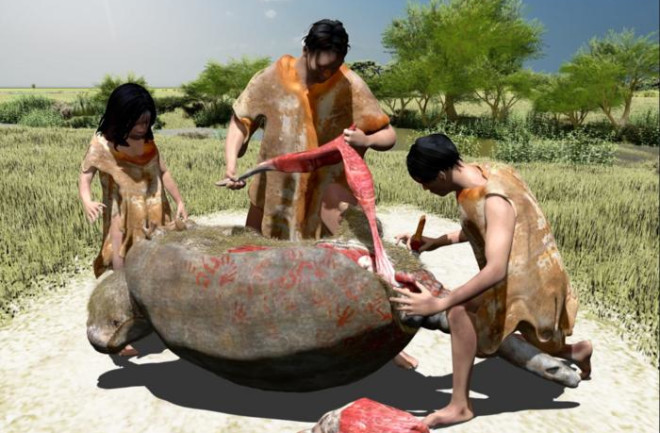Humans likely butchered 6-foot-long armadillo-like animals over 20,000 years ago, according to a report in PLOS ONE. These findings not only represent an interesting dietary choice (and make one wonder just what ancient armadillo must have tasted like), but they also bump back the time of known human occupation of South America by about 6,000 years.
Pleistocene Butchers
Scientists analyzed cut marks on parts of the pelvis, tail, and body armor of a creature called glyptodont, also referred to as Neosclerocalyptus. They concluded that those marks on the fossil found in southern South America were made with stone tools. The pattern of the marks also indicated that the butchers were targeting dense flesh.
“We found that the cut marks were not randomly distributed but focused on those skeletal elements that harbored large muscle packs like the pelvis and the tail,” says the paper’s co-author Miguel Delgad, an archeologist at Universidad Nacional de La Plata, Argentina.







